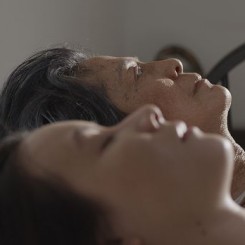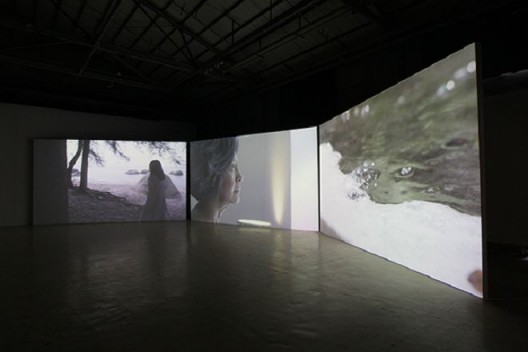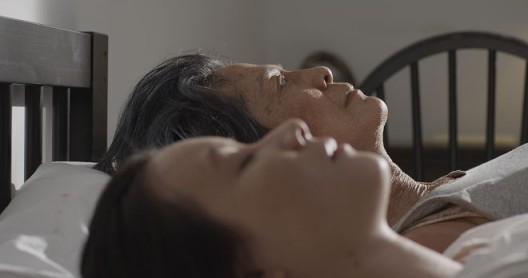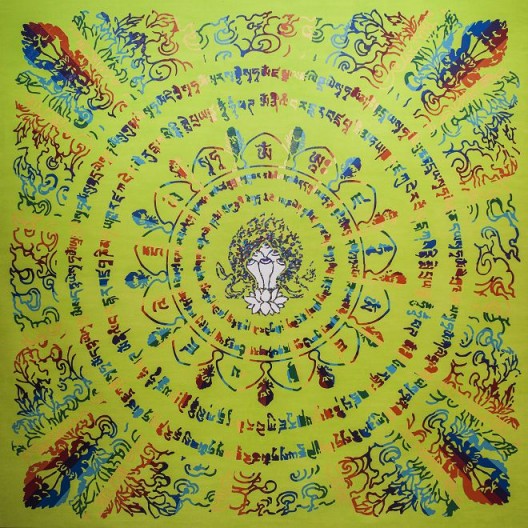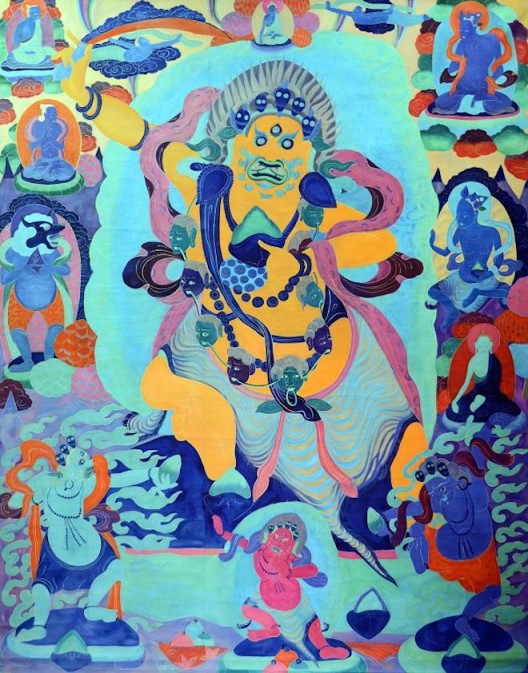OCAT Xi’an Summer Exhibitions (South Section, Beichitou Yilu, Yanta District, Xi’an, Shaanxi Province 710061), June 6 – August 9, 2015
Ren Jian “History: Not Always What it Seems”
Qin Jin “Bones that Comply, Flesh that Yields”
Zheng Guogu “Ubiquitous Plasma”
If man is the trifecta of soul, mind, and body, then “Three Projects about Time and Life” happen to correspond perfectly with these three types of presence. Qin Jin organically unifies the two recurring themes of control and ritual through a narrative revolving around routine and personal experience. To her, art is a form of spiritual ritual – the only true path leading her towards peace. Since the 1980s, Ren Jian has been exploring the plunder, conflict, and destruction present throughout the history of human civilization. He has rigidly coded humanity’s myths, legends, and allegories, seeking a path to humanity’s redemption from a “pessimistic” mindset. For him, art provides some illumination of the path into the future. Zheng Guogu seeks out resonances in the magnetic fields between the human body and his works by borrowing from graphic representations of esoteric Buddhist mantras. To Zheng, art is the presence of energy, rather than an intellectual manifestation.
Qin Jin’s works are filled with personal experiences and efforts to control anxiety, while Ren Jian’s “Epoch” is a grave meditation on humanity’s path through history. In contrast, Zheng Guogu’s works seem lighter, and even more cheerful than the other two artists’ works.
In recent years, Zheng Guogu has been working on a series of paintings revolving around exploration of recurring themes found in visual aesthetics and Buddhist mandalas. Mandalas sit at the center of energies in traditional tantric practices; they are also a visual presentation of a cosmic worldview. The artist intends his audience to detect the energies resonating from his work through their experience of it.
“Tara” and “Guanyin” are part of a series which dispels the ferocity of concrete tantric images, replacing them with outlines based on imagery. Color patterns stimulate the receptor systems in our brains, allowing perception to penetrate while going beyond the external.
“Brain Diagram” is Zheng Guogu’s alternative exploration of life’s dimensions. The artist has abstracted the left and right functions of the human brain into a U-shape, and transformed the Sixth Patriarch of Zen into a cranial nerve diagram. Clearly, the goal of the piece is not to pursue religious worship or an ideal world. They are attempting to answer the artist’s personal questions: How might semiotics be pushed towards energetics? How do the body and mind break through the barriers of time and space? Zheng attempts to use express the extent of an individual’s enlightenment and spiritual completeness through “traces”. By approaching these topics through religious images and themes, the artist uses the symbolic function of art in decoding information, and transforms it into an exploration of life’s energies.
